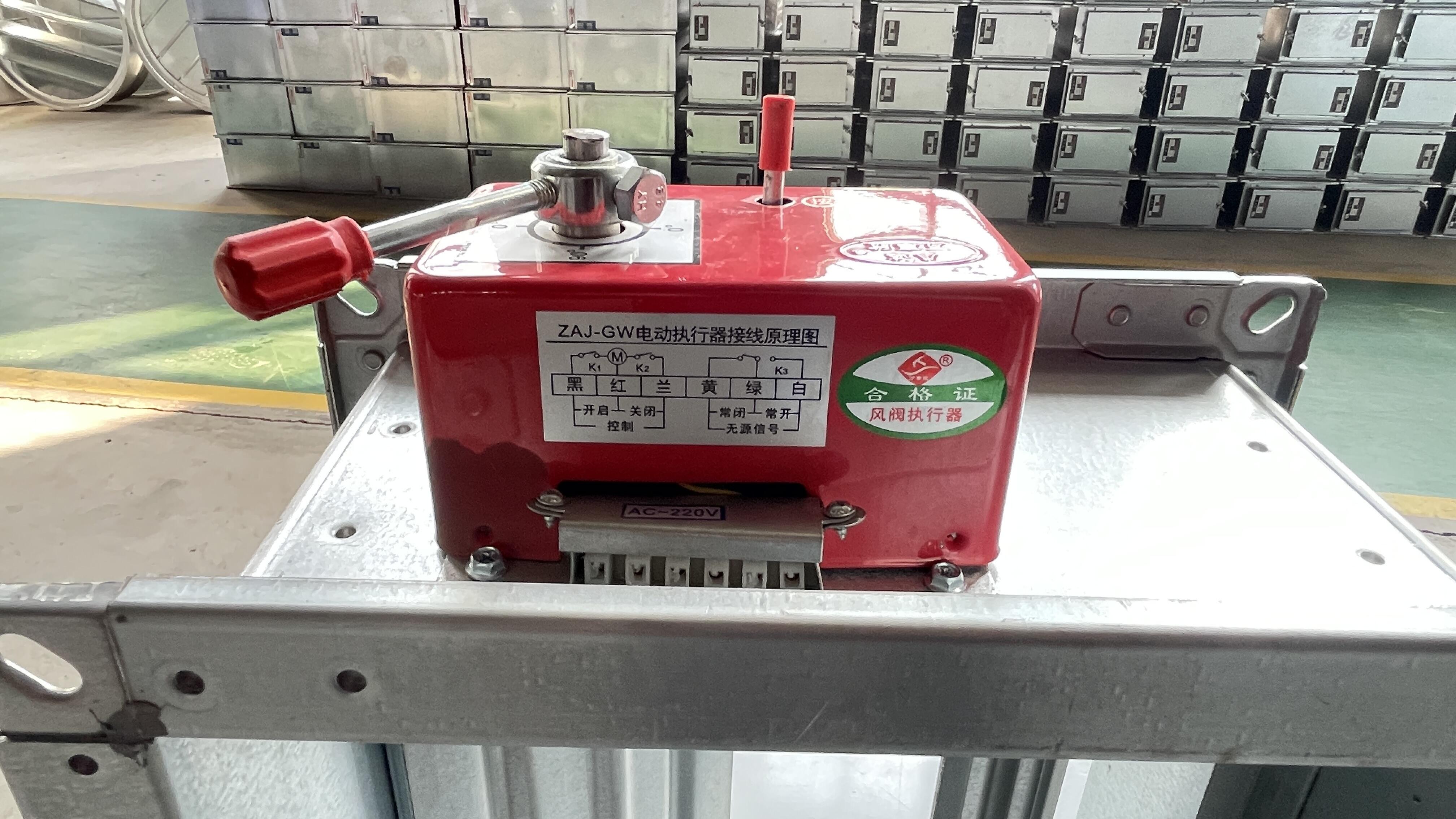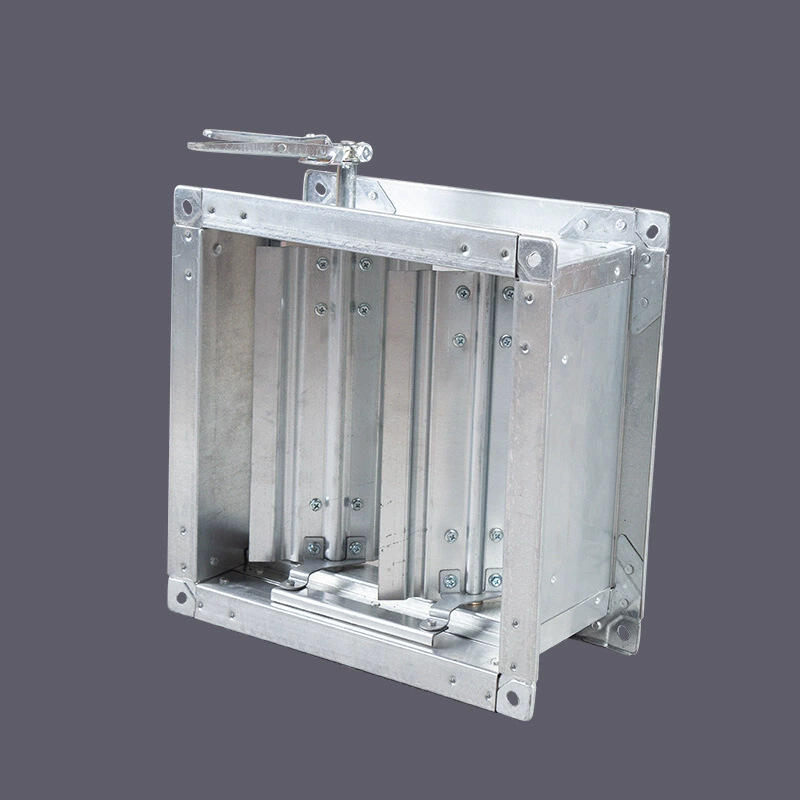Dampers: Controlling Airflow in Ventilation Systems
Dampers, also known as air valves or regulators, are used to control the flow rate and direction of air within ventilation systems. They can be manually or automatically adjusted to meet different ventilation needs, such as regulating air volume during peak and off - peak hours or redirecting airflow for specific areas. Our dampers are available in various types, including butterfly dampers, modulating dampers, and fire dampers, each designed for specific functions and applications, providing flexible and reliable control over ventilation system operations.
Get A Quote

